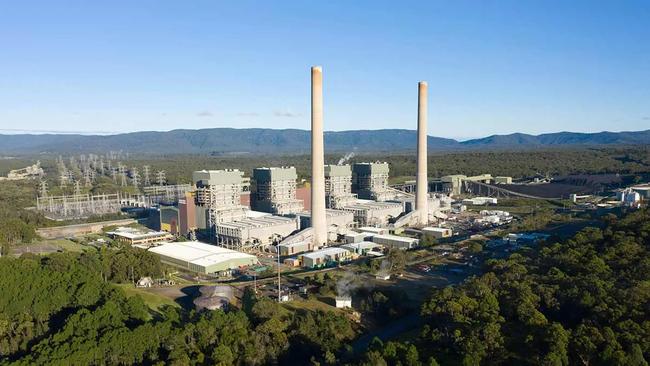NSW narrowly avoids blackouts as hot weather strains coal power-reduced grid
The Australian Energy Market Operator used emergency powers to reduce demand for electricity in NSW to combat blackouts fears as outages at power stations continue.
NSW narrowly avoided blackouts after the Australian Energy Market Operator used emergency powers to ensure sufficient electricity supplies as it grappled with hot temperatures and a spate of outages at coal power stations,
AEMO warned on Wednesday it was short of the reserve capacity of electricity it needs to ensure stable electricity supplies in NSW, and as a result was forced to enact negotiations with companies to reduce demand – a scheme known as the Reliability and Emergency Reserve Trader.
The use of the rarely used RERT scheme underscores the vulnerability of NSW’s energy grid caused by increased demand from households due to the heat as some of the state’s largest coal power stations experience a spate of maintenance issues.
The precarious state of electricity in NSW is being exacerbated by unusually warm temperatures, which are about 12C above the average for this time of year.
While that would normally cause some issues, NSW’s energy grid is struggling as it grapples with a series of outages at significant generators.
“It is going to be close. There will be wincing among AEMO right now about how fragile the system is,” said one senior energy executive.
Origin Energy’s Eraring coal power station – which generates about 25 per cent of NSW’s energy – is operating at only three-quarter capacity, as one unit remains offline due to planned maintenance.
Eraring was scheduled to be back up and running at full capacity on Wednesday, but The Australian understands it will now not return to full capacity until the end of Friday following the discovery of some issues at the end of the planned service.
Other coal power stations, AGL’s Bayswater and Vales Point, owned by Delta Electricity, are both undergoing scheduled maintenance and are not expected to return to full service this month.
Bayswater has two units offline, one of which is planned maintenance, but the other suffered an outage late last week.
Repairs are not scheduled to be finished until Saturday.

Coal-fired power stations have to secure approval from AEMO to undertake maintenance and run at reduced capacity. On its side, AEMO attempts to ensure maintenance is undertaken during periods when demand for electricity is muted, but the unusual weather conditions have caught out authorities.
“There may be some consideration about pulling maintenance forward for now on. We are getting hotter ends to spring and perhaps AEMO will need to be mindful of that,” said one industry source.
However, maintenance is vital to ensure power stations are reliable during peak demand periods such as summer and winter.
NSW’s coal power stations are also some of Australia’s oldest, increasing the onus of maintaining them to ensure reliability.
But with works on NSW’s largest coal power stations unable to be expedited to deal with the immediate heatwave, AEMO has faced a dicey few days.
NSW Energy Minister Penny Sharpe said AEMO expected the situation to become more dangerous from mid-afternoon, around 3pm, as solar generation ebbs away. NSW has significant amounts of rooftop solar generation, which sees households and businesses run off the power the panels generate. Any excess electricity is also transported back to the grid.
But as the sun sets, temperatures are likely to remain elevated and demand for power from the grid will increase.
Should demand outstrip supply, there would be a high risk of blackouts. Even if AEMO can manage the market, tight supplies will drive wholesale electricity prices higher, which threatens to stoke the next annual tariff, the default market offer.
Australian households and businesses have endured two consecutive years of price increases of more than 20 per cent.
Ahead of the tight period, wholesale energy prices in NSW were trading at around $140/MWh, substantially higher than in Victoria or South Australia.
The stark difference illustrates the need for the new transmission lines between the states, known as Energy Connect. The $2bn plus transmission line is expected to be finished in 2027 and once completed it will allow for the transport of electricity between states. If one state has excess supplies of renewables then this could be sent to neighbouring states which would have less capacity and wholesale prices have risen as a result.




To join the conversation, please log in. Don't have an account? Register
Join the conversation, you are commenting as Logout